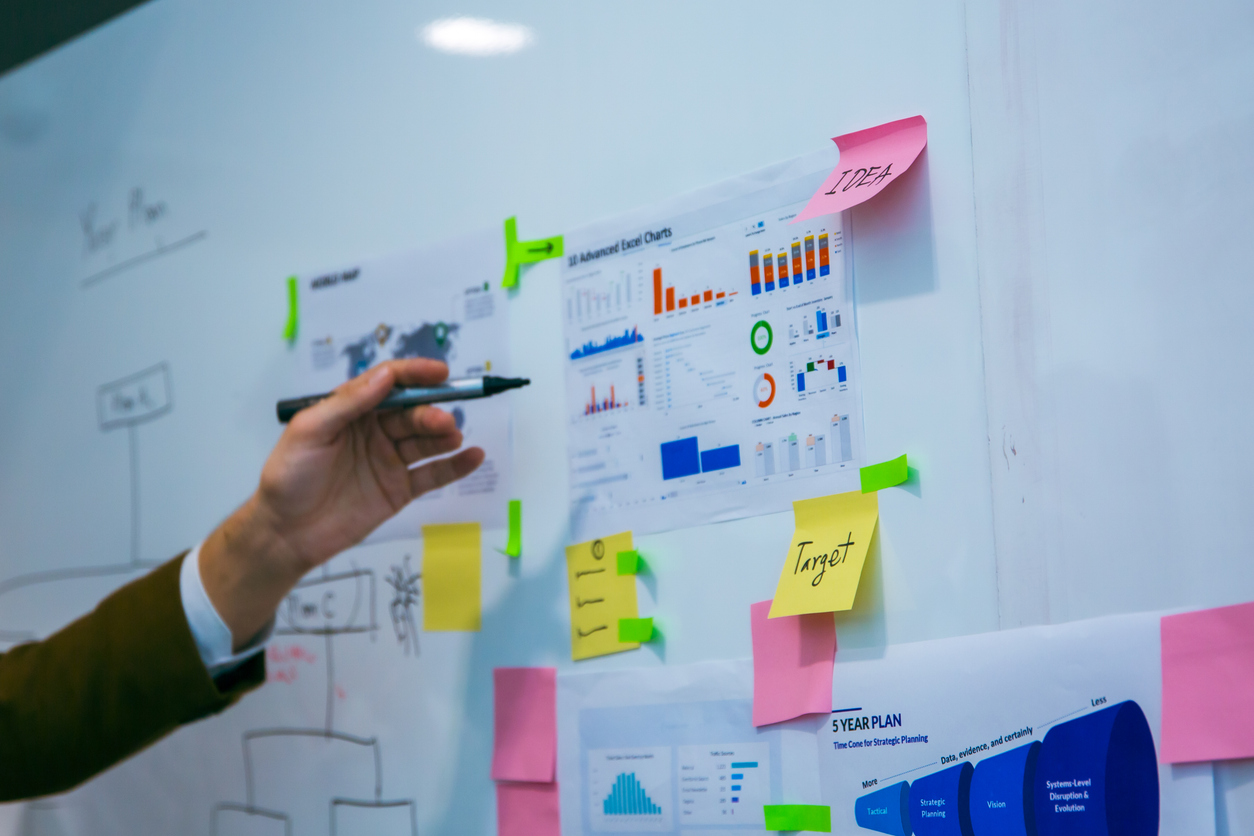It’s a situation many UX researchers and product managers find themselves in: you’ve just joined a project to lead on user experience research and design, but the implementation is already well underway. The team is deep into their first sprint, or beyond, implementing solutions and making decisions as they go.
This scenario is prevalent, especially in large organisations with quarterly product KPIs. Teams are often told, “This quarter’s KPIs are X,” and the expectation is that both implementation and UX work start immediately. However, this rarely matches how well design and research work. UX professionals need visibility in advance into the business objectives and product KPIs, and when implementation is expected to begin so, they can plan accordingly, explore the problem space, validate assumptions, and shape the right solution before the build begins.
When UX starts behind Development, it becomes reactive and tactical. Instead of contributing to shape the direction of the product, designers and researchers are left responding to decisions that have already been made. It narrows the impact of UX design and leads to inefficient processes, often requiring costly rework or leaving user experience issues unresolved.
That’s how so many frustrating products end up in the world: they’re built without understanding users and then retrofitted later, creating friction in real workflows.
You can see this clearly in sectors like healthcare and education. Think of hospital systems where clinicians struggle to navigate complex, inefficient interfaces in the middle of time-critical tasks, wasting precious minutes and increasing the risk of error, or school platforms that are confusing for both teachers and students wasting teachers’ precious time and impacting low engagement of students. In both cases, the cost isn’t just poor usability – it wastes people’s precious time and missed opportunities for better healthcare, better education, and more efficient systems.
This is exactly why UX has often been underused in organisations—reduced to churning out user interface designs rather than contributing strategically to product direction.
Start by aligning with the project’s objectives
The first step is to understand the purpose of the current development work. Is this a minimum viable product (MVP) to validate a concept quickly? A proof of concept for stakeholder demos or a sales opportunity? Or is it aimed at a fully functioning release?
In time-sensitive situations where the goal is to meet short-term business objectives, it may not make sense to launch full-scale discovery research. Instead, focus on supporting the implementation with tactical inputs like User interface designs, usability testing, UI reviews, and feedback loops. These actions can help improve what’s already in progress without blocking delivery.
However, it’s important to recognise this as a short-term solution. Relying only on tactical UX contributions in these scenarios limits what design can offer and introduces long-term risks for product success.
Do discovery research on a parallel stream of work
If the product is expected to evolve beyond this initial phase, and most are, then now is the time to initiate a parallel discovery stream. This is where you look beyond the immediate sprint and start exploring user needs, validating assumptions, discovering the problem space and shaping future product direction.
While conducting the discovery phase, UX designers can also lay the groundwork for what’s next. That might mean conducting foundational research, user or customer interviews, mapping out user journeys, or exploring product propositions. In the short term, these two tracks may feel like separate threads, but over time, they should converge.
This is the principle behind the dual-track agile model. As we explain in Dual-track: a better approach for more user-centric product design, delivery, and discovery can, and should, run alongside each other. This ensures today’s decisions are grounded in tomorrow’s understanding.
Build a rhythm of continuous discovery
Alongside dual-track working, building a culture of continuous discovery is essential for long-term product success. It’s not just about conducting research at the start. It’s about embedding user insight into every phase of the product lifecycle.
Our post on the importance of continuous discovery for product success explains how small, regular research activities, such as interviews, prototype tests, or feedback sessions, can dramatically improve decision-making.
This approach allows UX teams to stay ahead of delivery and contribute strategically to product thinking while reducing the likelihood of costly rework or missed opportunities.
Keep looking ahead
It may feel like you’ve joined too late, but it’s never too late to make a meaningful impact. What matters is recognising where you can contribute today, and where you need to steer the conversation for tomorrow.
Yes, starting with research and design takes time and effort, but the cost of skipping it is far higher. Rework, usability issues, and missed business opportunities all add up, often making the initial savings a false economy.
So don’t just play catch-up. Start by aligning with the current goal, but make space for discovery to grow in parallel. That’s where UX design and research can do their best work and where real product value is found.





